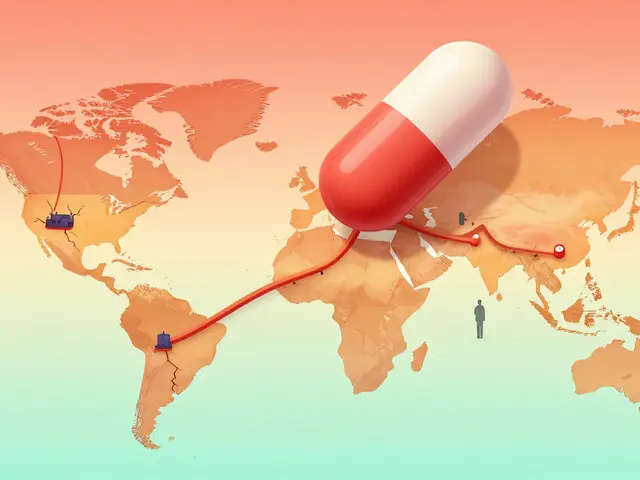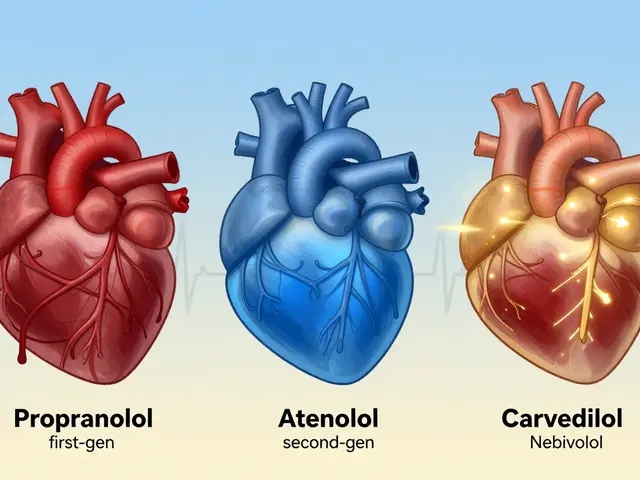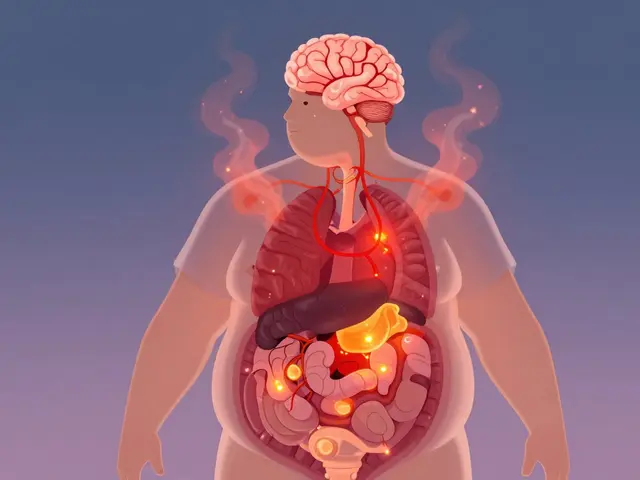Tibolone and Your Sex Life: Can It Improve Libido During Menopause?
May 21 2023Inflammation Relief: Practical Ways to Reduce Pain and Swelling
Inflammation is your body's response to injury or infection — but it becomes a problem when it sticks around. Here you'll find simple, practical steps you can use today to calm swelling, ease pain, and speed recovery without confusing jargon.
Start with first aid. For recent injuries use rest, ice, compression, and elevation. Ice 15–20 minutes every two to three hours for the first 48 hours to cut swelling. Compression with a snug bandage and elevating the limb above heart level helps fluid drain away. Avoid heat for acute swelling until inflammation drops.
Over-the-counter options work fast. Nonsteroidal anti-inflammatory drugs like ibuprofen or naproxen can reduce both pain and swelling. Use the lowest effective dose for the shortest time and follow the label. Topical NSAID gels and creams can be a great choice for joint pain because they act locally and have fewer whole-body effects.
Prescription tools when needed. Corticosteroids such as dexamethasone (Decadron) are powerful against inflammation but carry risks if used long term. Talk to your doctor about benefits and side effects. Our article on buying Decadron online explains safety checks and what to watch for.
Food and supplements that help. Omega-3 fats from fatty fish or a supplement lower inflammatory markers in several trials. Curcumin, the active compound in turmeric, has solid research showing modest anti-inflammatory effects when taken with black pepper for absorption. Keep expectations realistic: supplements help but rarely replace other treatments.
Move smart. Gentle movement and stretching prevent stiffness and support healing. For chronic inflammation, regular low-impact exercise like walking, swimming, or cycling reduces markers of inflammation over weeks. Avoid pushing through sharp pain; modify activities until inflammation eases.
Sleep, stress, and weight. Poor sleep and chronic stress raise inflammation. Aim for consistent sleep and use simple relaxation—breathing, short walks, or a brief meditation—to lower stress hormones. If you carry extra weight, even losing a few pounds often reduces joint inflammation and pain.
Diet tips that matter. Focus on whole foods: vegetables, fruits, whole grains, legumes, nuts, and fatty fish. Cut down on added sugar, refined carbs, and heavily processed foods; they promote inflammation. Swap soda and sweets for water and whole fruit.
When to see a doctor. Seek help if redness, heat, or swelling spreads quickly; fever appears; pain is severe or stops you doing daily tasks; or symptoms last longer than a few weeks. Also check with a clinician before combining supplements with blood thinners or prescription meds.
Quick tip: rotate ice and gentle heat after 72 hours for stiffness, not swelling. Try a simple log to track what helps: note pain level, activity, sleep for two weeks — patterns often point to triggers you can change. Small steps add up — pick one change for a month. Start today.
 20 Oct
20 Oct
Top 8 Alternatives to Prelone in 2024 for Effective Inflammation Relief
For those seeking alternatives to Prelone in 2024, there are several effective options available that provide relief from inflammation and related conditions. These alternatives offer varying benefits and potential drawbacks, tailored to individual needs and situations. This article explores each option in depth, aiming to help you make an informed decision for managing inflammation more effectively. Understanding these alternatives can guide patients towards a personalized treatment plan.
Read More...




